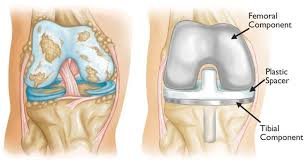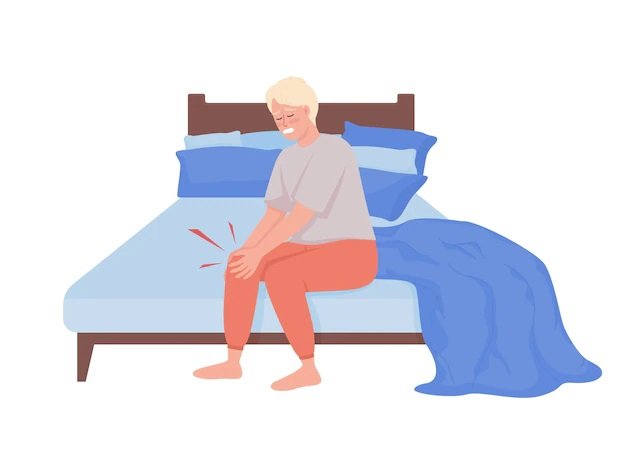Asked for Female | 34 Years
Why Can't I Walk or Raise My Hand After Giving Birth?
Patient's Query
Hi good evening my name is techekia I am 34 years old I've been unable to walk it's been 4 years now after I give birth to my daughter I can't raise is my hand I do anything for myself I have done many tests since still can't get any answer trying to seek medical attention everywhere but I'm not getting any and it's affecting me badly and getting worst I wish if I could get some help
Answered by Dr. Deep Chakraborty
The symptoms you have explained, such as the inability to walk and numbness of the hand following delivery, are indicative of obstetric brachial plexopathy. This is a condition that occurs when the nerves around your shoulder are injured during the birthing process. Physical therapy can enhance your muscle power and flexibility. Physical therapists can give the right evaluation and the measures that work for them. I recommend consulting a physical therapist for further advice.

Orthopaedic Surgery
Questions & Answers on "Orthopedic" (1304)
Related Blogs

Painless knee-replacement in India
Here is all the information you need to know about painless knee replacement (Minimally Invasive Surgery) in India.

Overweight and Obesity: Understanding Health Impacts
Confronting overweight and obesity. Explore causes, risks, and effective strategies for achieving a healthier lifestyle. Take control today!

Hip Replacement Hospitals in India: A Comprehensive Guide
Hip pain slowing you down? Transform your mobility with India's top-rated Hip Replacement experts. Experience minimally invasive surgery, affordable costs, exceptional outcomes, cutting-edge technology, compassionate care, & proven results await!

10 Best Knee Replacement Hospitals in India
Unlock mobility and reclaim your life with leading knee replacement hospitals in India. Experience expert care, state-of-the-art facilities, and affordable solutions for your needs.

When physiotherapy is not the only option left...
Here are all the things you should know before getting a knee replacement in India
Cost Of Related Treatments In Country
Acl Reconstruction Cost in India
Bone Densitometry Cost in India
Rheumatoid Arthritis Treatment Cost in India
Spine Surgery Cost in India
Limb Lengthening Cost in India
Spinal Muscular Atrophy Cost in India
Spinal Fusion Cost in India
Arthroscopy Cost in India
Slip Disc Cost in India
Hip Replacement Cost in India
Top Different Category Hospitals In Country
Cancer Hospitals in India
Orthopedic Hospitals in India
Heart Hospitals in India
Prostate Cancer Treatment Hospitals in India
Kidney Transplant Hospitals in India
Cosmetic And Plastic Surgery Hospitals in India
Dermatology Hospitals in India
Endocrinology Hospitals in India
Gastroenterology Hospitals in India
General Surgery Hospitals in India
Top Doctors In Country By Specialty
Top Orthopedic Hospitals in Other Cities
Orthopedic Hospitals in Chandigarh
Orthopedic Hospitals in Delhi
Orthopedic Hospitals in Ahmedabad
Orthopedic Hospitals in Mysuru
Orthopedic Hospitals in Bhopal
Orthopedic Hospitals in Mumbai
Orthopedic Hospitals in Pune
Orthopedic Hospitals in Jaipur
Orthopedic Hospitals in Chennai
Orthopedic Hospitals in Hyderabad
Orthopedic Hospitals in Ghaziabad
Orthopedic Hospitals in Kanpur
Orthopedic Hospitals in Lucknow
Orthopedic Hospitals in Kolkata
- Home >
- Questions >
- Hi good evening my name is techekia I am 34 years old I've b...